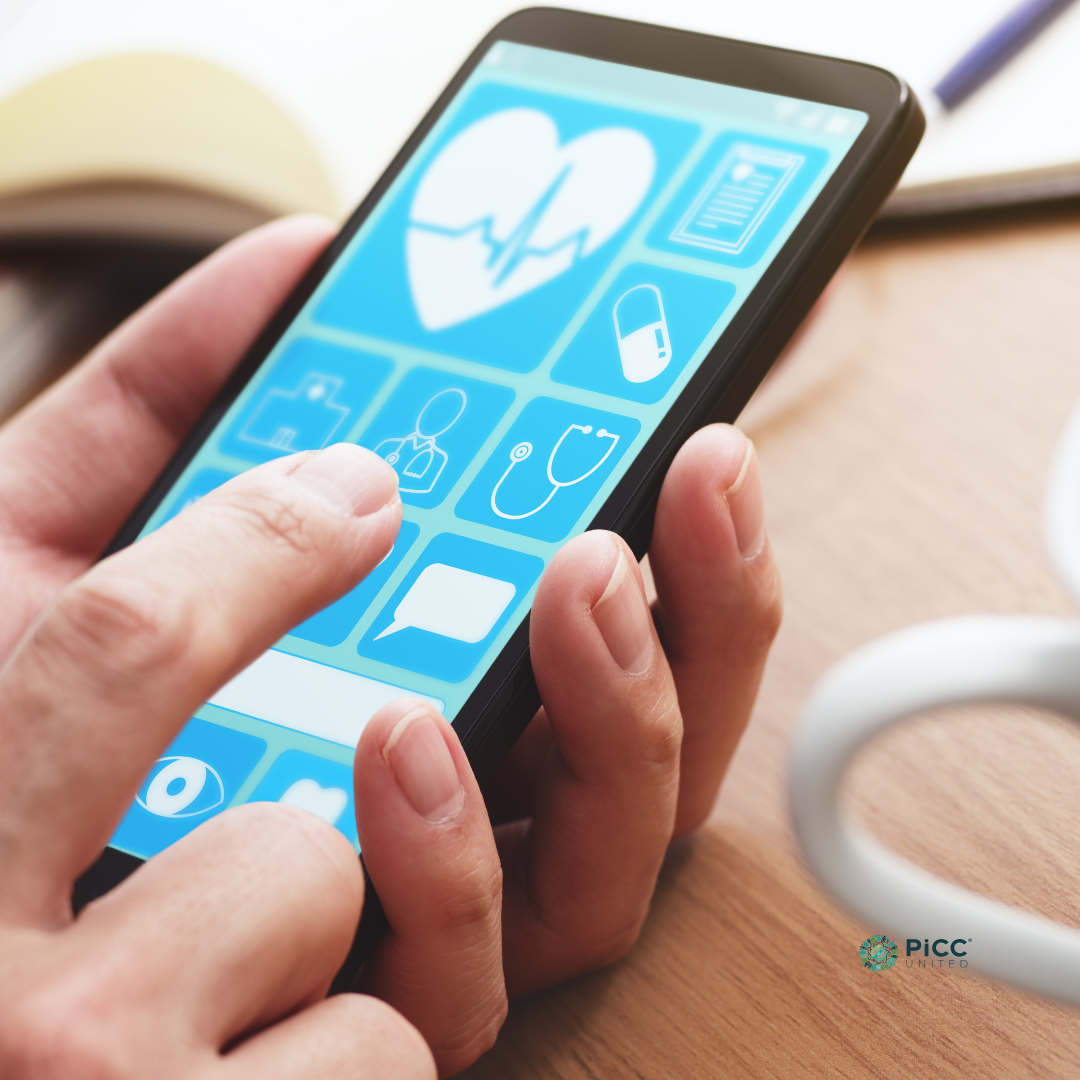How patients help innovate better healthcare technology

Why should patients have a say?
Imagine you get a new phone, but it’s really hard to use. The buttons are the wrong way round and you don’t quite understand how it works. Wouldn’t it be smarter if the people who are going to use the phone were involved in designing it?
That’s exactly what’s happening today in the world of healthcare! When doctors and researchers invent new machines or aids for sick people, they can’t always know what works best in everyday life. That’s why it’s so important that patients – the people who will be using the technology – have a say in how it should look and work.
Why should patients have a say?
Imagine you have a disease that makes it difficult to use your hands. Then a company comes along and makes a new pen to make it easier for you to write – but they’ve never asked you what you really need. Maybe it’s too heavy, maybe it slips out of your hand, or maybe it’s just not comfortable to use.
When patients help develop new inventions, three important things happen:
- Better products – When patients tell you what works and what doesn’t, the devices become much easier to use.
- More trust – If you know a product is made by people who understand your challenges, you’re more likely to use it.
- More people use it – If an invention is better suited to the people who need it, it will become a success faster!
What does patient engagement look like in real life?
Just like game developers test new games with gamers, healthcare companies test their products with patients.
This can happen in many ways:
- Focus groups: A group of patients get together and share what they would like to see in a product.
- Workshops: Patients get to try out different ideas and make suggestions for improvements.
- Test users: Patients are allowed to try a product before it goes on sale to find bugs and make it better.
A good example is the Danish company Manigrip, a company that makes grips for people who have difficulty holding on to things. Instead of just guessing, they talked to people who have problems holding on to things themselves to create the best possible solution.
What about health technology and apps?
Today, there are also many apps and digital solutions that help patients. For example, some apps can remind people to take their medication or help them track their health.
Here, it’s also important that patients help test them to make them easy to use. If an app is too difficult or doesn’t fit patients’ everyday lives, no one will want to use it.
What can we learn from this?
When patients are empowered, healthcare technology doesn’t just get better – it also becomes more usable in everyday life. It shows how important it is to listen to those of us who have the most experience with a problem/issue.
Do you want to be involved?
When patients have a say, healthcare technology doesn’t just get better – it also becomes more usable in everyday life. It shows how important it is to listen to those who have the most experience with a problem. Do you want to be one of the people helping to develop better products, medicines or aids?
Sign up for our interest list and we’ll keep you updated on our next engagement project!

